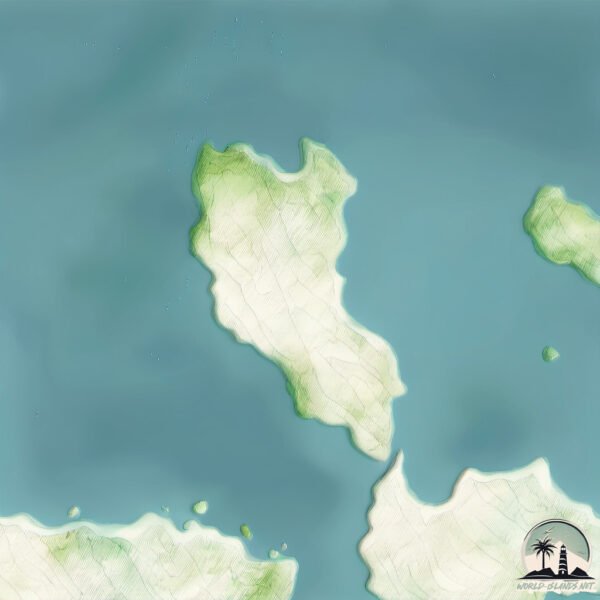Djergareee

Welcome to Djergareee, a Tropical island in the Arafura Sea, part of the majestic Indian Ocean. This guide offers a comprehensive overview of what makes Djergareee unique – from its geography and climate to its population, infrastructure, and beyond. Dive into the details:
- Geography and Size: Explore the island’s size and location.
- Climate and Weather: Weather patterns and temperature.
- Topography and Nature: Uncover the natural wonders of the island.
- Infrastructure and Travelling: Insights on reaching, staying, and making the most of your visit.
- News and Headlines: Latest News.
Geography and size of Djergareee
Size: 3.285 km²
Coastline: 9.5 km
Ocean: Indian Ocean
Sea: Arafura Sea
Continent: Oceania
Djergareee is a Small Island spanning 3.3 km² with a coastline of 9.5 km.
Archipel: –
Tectonic Plate: Australia – A major tectonic plate covering Australia, New Zealand, and parts of the Indian and Pacific Oceans, known for its relative stability and occasional seismic activity.
The geographic heart of the island is pinpointed at these coordinates:
Latitude: -11.62608599 / Longitude: 136.20093001
Climate and weather of Djergareee
Climate Zone: Tropical
Climate Details: Tropical Savanna, Wet
Temperature: Hot
Climate Characteristics: Defined by distinct wet and dry seasons with high temperatures year-round. Pronounced rainfall occurs during the wet season, while the dry season is marked by drought.
Topography and nature of Djergareee
Timezone: UTC+09:30
Timezone places: Australia/Adelaide
Max. Elevation: 11 m
Mean Elevation: 7 m
Vegetation: Shrubland
Tree Coverage: 23%
The mean elevation is 7 m. The highest elevation on the island reaches approximately 11 meters above sea level. The island is characterized by Plains: Flat, low-lying lands characterized by a maximum elevation of up to 200 meters. On islands, plains are typically coastal lowlands or central flat areas.
Dominating Vegetation: Shrubland
Dominated by shrubs and small bushes, these areas are typical in dry, rocky, or sandy environments, as well as in regions with poor soil fertility. Djergareee has a tree cover of 23 %.
Vegetation: 5 vegetation zones – Highly Diverse Island
With five different vegetation zones, these islands offer a rich tapestry of ecosystems. The variety could include dense forests, open meadows, wetlands, coastal zones, and more. This level of diversity supports an intricate web of life, with each zone playing a vital role in the overall ecological health and balance of the island.
Infrastructure and Travelling to Djergareee
Does the island have a public airport? no.
There is no public and scheduled airport on Djergareee. The nearest airport is Elcho Island Airport, located 82 km away.
Does the island have a major port? no.
There are no major ports on Djergareee. The closest major port is GOVE, approximately 83 km away.
The mean population of Djergareee is 0 per km². Djergareee is Uninhabited. The island belongs to Australia.
Continuing your journey, Raragala is the next notable island, situated merely km away.
Inchgarvie island, WW2 anti-aircraft defences and the Forth Rail Bridge



Australia is classified as Developed region: nonG7: Developed economies outside of the Group of Seven, characterized by high income and advanced economic structures. The level of income is High income: OECD.
News – Latest Updates and Headlines from Djergareee
Stay informed with the most recent news and important headlines from Djergareee. Here’s a roundup of the latest developments.
Please note: The data used here has been primarily extracted from satellite readings. Deviations from exact values may occur, particularly regarding the height of elevations and population density. Land area and coastline measurements refer to average values at mean high tide.
